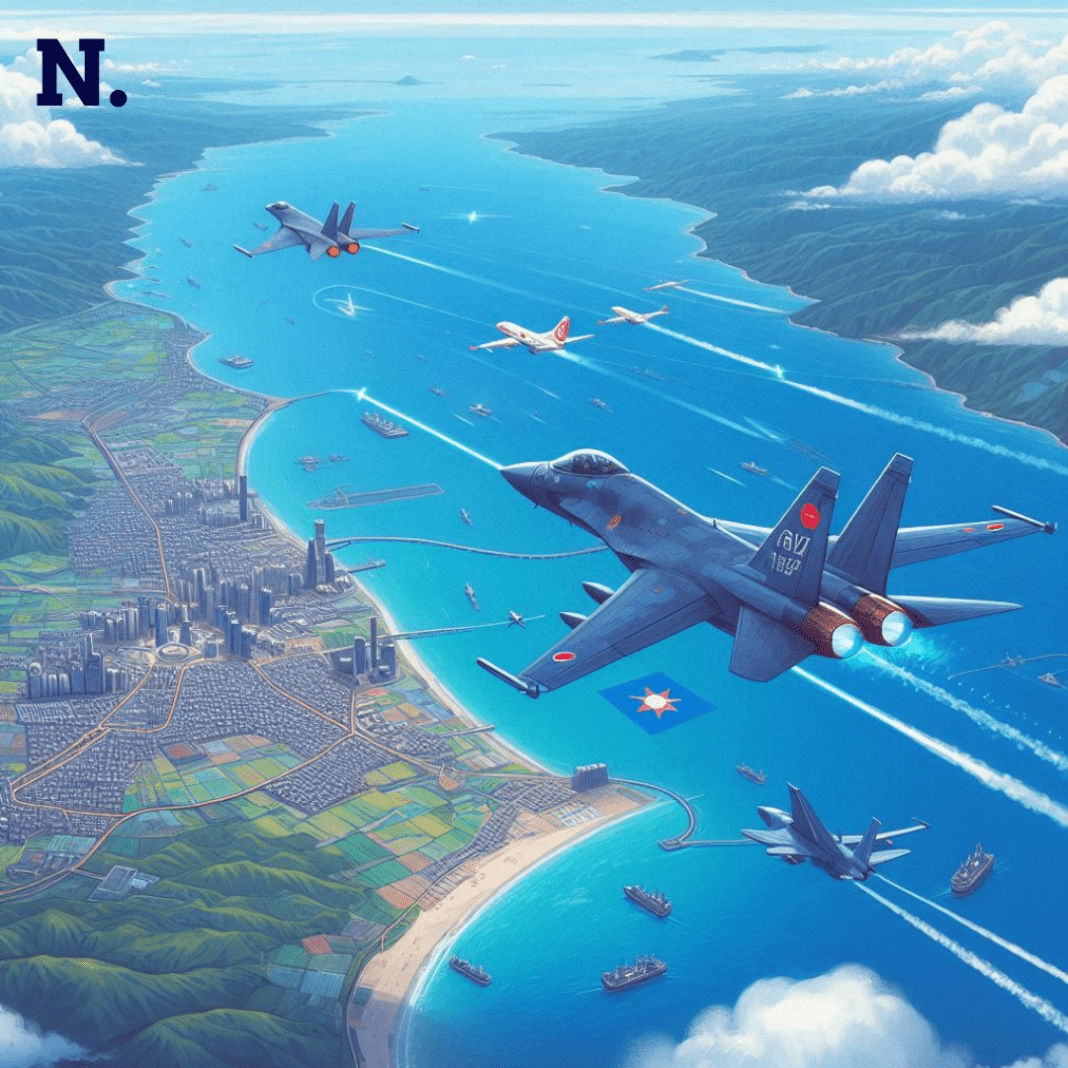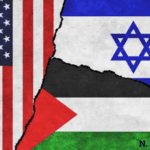From 6 a.m. on Thursday, June 6 to 6 a.m. on Friday, June 7, China conducted a series of significant military activities around Taiwan, according to the Taiwan Ministry of National Defense. The detection of six Chinese military aircraft, six naval vessels, and four Coast Guard ships once again proves that tension between China and Taiwan remains ongoing and escalating.
Chinese military activities and Taiwan’s defensive measure
The incursions on the part of China included a Chinese drone spotted in the southwest corner of Taiwan’s Air Defence Identification Zone (ADIZ) and a PLA helicopter tracked in the southeast ADIZ according to MND. This pattern of movement from China is in line with the buildup of military presence and pressure.
An ADIZ is an area where a country requires identification, location, and control of aircraft to maintain national security. China’s continuous incursions into Taiwan’s ADIZ. They have been raising great concern not only in Taipei but within the international community as well.
The detected Chinese activities, Taiwan mobilized its aircraft, navy ships, and coastal-based missile systems. To monitor and counteract the movements of the PLA. These measures are part of Taiwan’s strategy. To safeguard its airspace and maritime boundaries from potential threats posed by Chinese military.
Grey Zone Tactics: Chinese military activities
The Chinese military has increasingly implemented grey zone tactics in response to Taiwan’s military activities around China. Activities beyond steady-state deterrence and assurance are used to achieve security objectives, involving substantial and direct use of force only when necessary. Since September 2020, China has increased the number of military aircraft and naval ships operating around Taiwan, incrementally increasing these deployments. The result is pressure on Taiwan while avoiding a full-scale military conflict.
Some of the grey zone tactics can involve cyber operations, information campaigns, and incremental build-up of military forces in contested areas. Through incremental increases in military presence, China seeks to normalize its activities and degrade Taiwan’s security and stability.
Heightened tension: between china and taiwan
The recent military activities come amid heightened tensions between China and Taiwan. Since Lai Ching-te was sworn in as the new President of the self-governed island, China has increased its military posturing. Taiwan is viewed as a breakaway province by Beijing, and they are not entirely averse to using force to bring about reunification.
President Lai’s administration has maintained a strong stance on Taiwan’s sovereignty, further souring relations with China. The Taiwanese government has been speaking out about its defense of the island’s autonomy and has, in turn, called on other nations to support them against Chinese hostility.
Statistical overview
This month alone, Taiwan has tracked Chinese military aircraft 54 times and naval/coast guard vessels 62 times. These constant incursions underline the unabating and growing threat Taiwan faces from its larger neighbor. Every single incident requires a response from Taiwan’s defense forces, putting constant pressure on its military resources.
International implications
The situation in the Taiwan Strait has important repercussions for regional and international security. The United States, a key ally for Taiwan, has expressed concern over China’s actions. And has called for stability and peace in the region. The U.S. has regularly conducted freedom of navigation operations in the South China Sea against China’s broad maritime claims. It also has a clear measure of support for Taiwan.
Other regional actors, such as Japan and Australia, have also been closely keeping an eye on the developments. Given the potential for conflict to disrupt regional trade and security. The international community has, for the most part, supported Taiwan’s right to self-defense and asked for a peaceful resolution to cross-strait issues.
Conclusion
Right now with the Chinese military activities around Taiwan and the corresponding defensive measures of Taiwan is highly fraught and precarious. Grey zone tactics are used to incrementally pressure Taiwan, presenting ongoing threats to its security and stability. With Taiwan resolute to defend its own sovereignty. The role of the international community for supporting peace and stability in the region becomes more and more important. Continued monitoring and diplomatic efforts are key to warding off escalation, keeping the situation from descending into open conflict.





